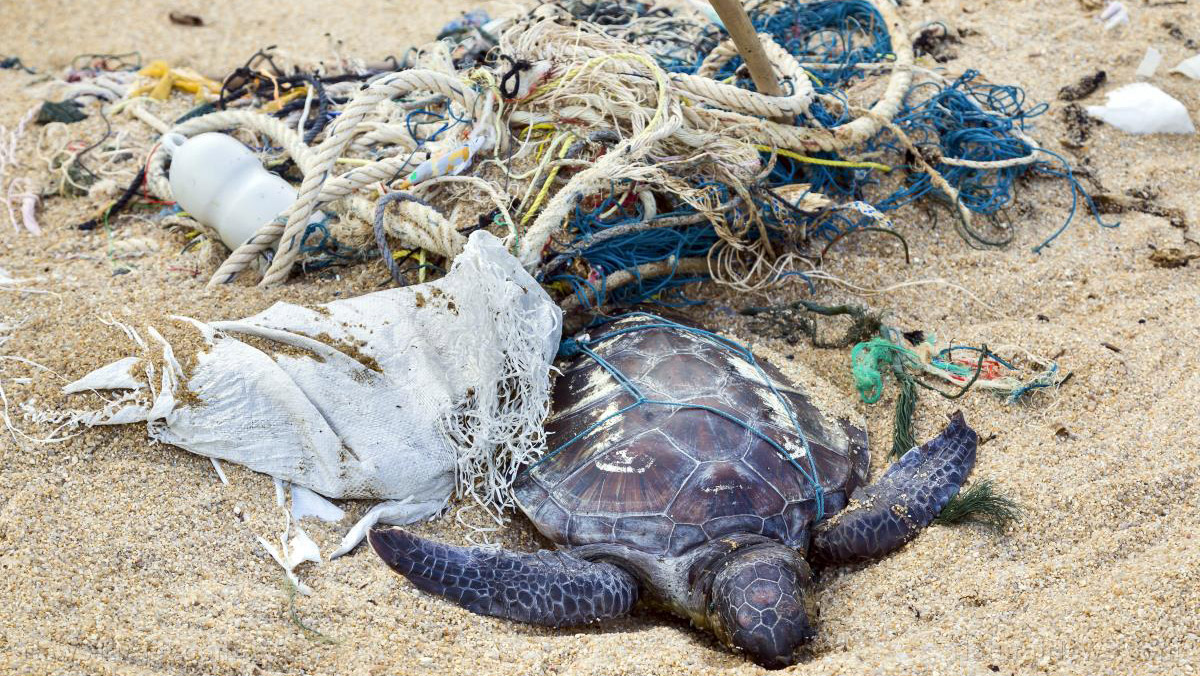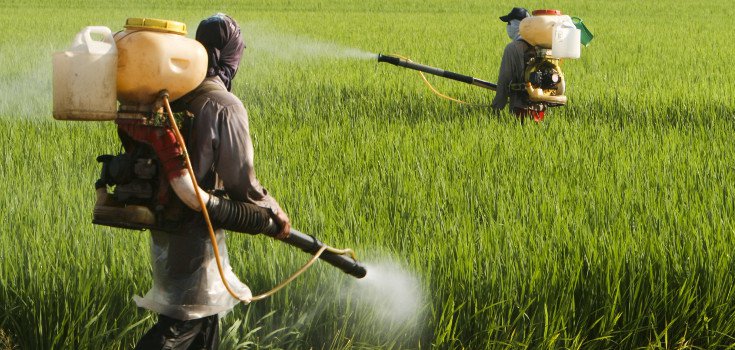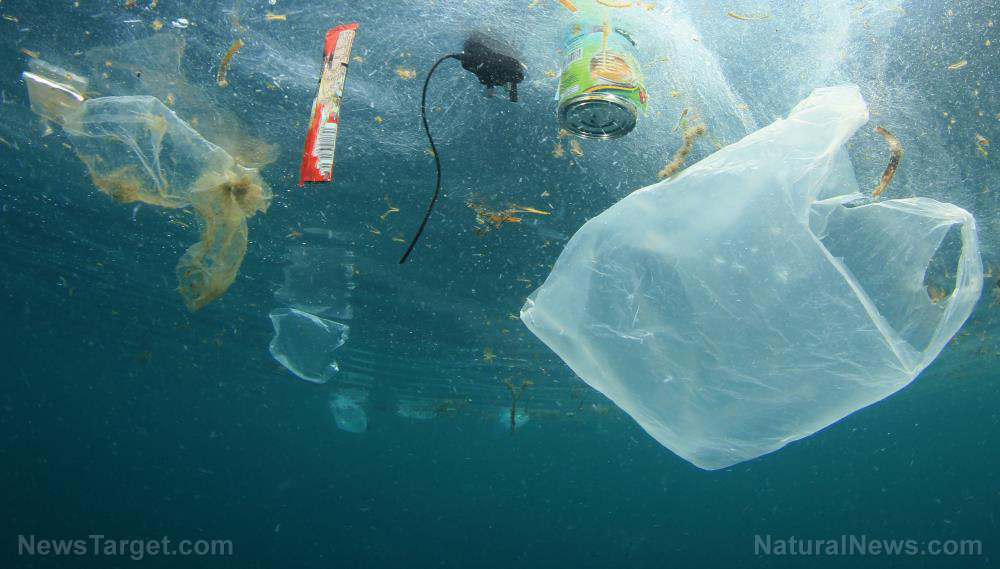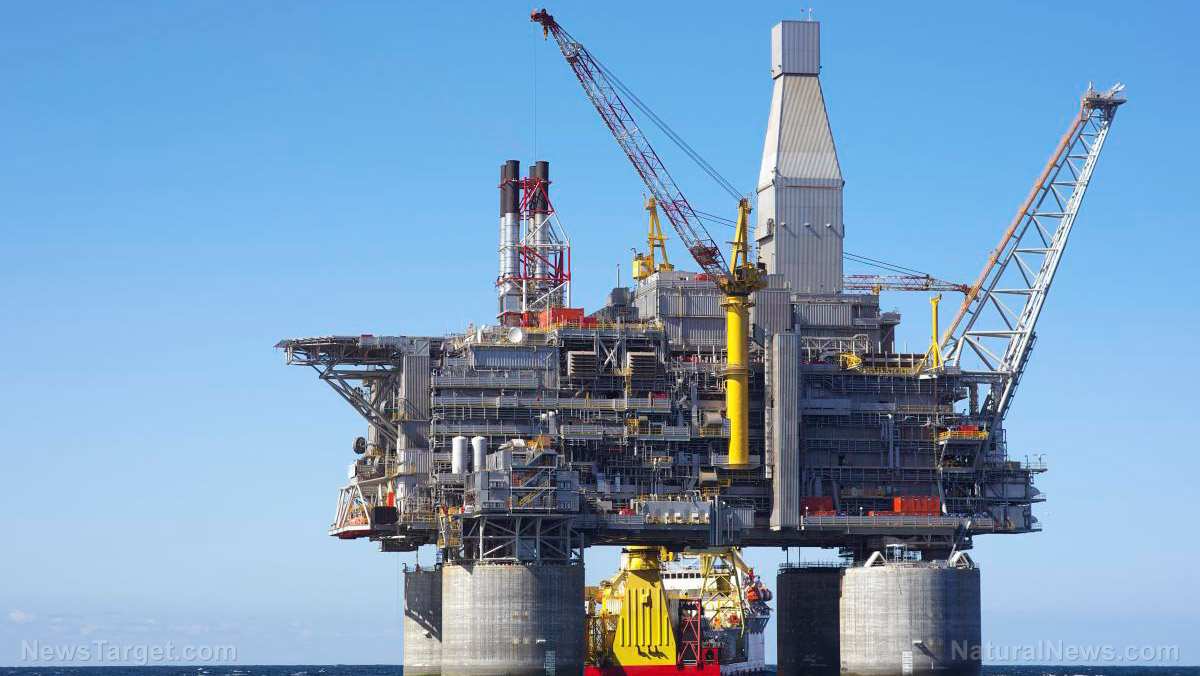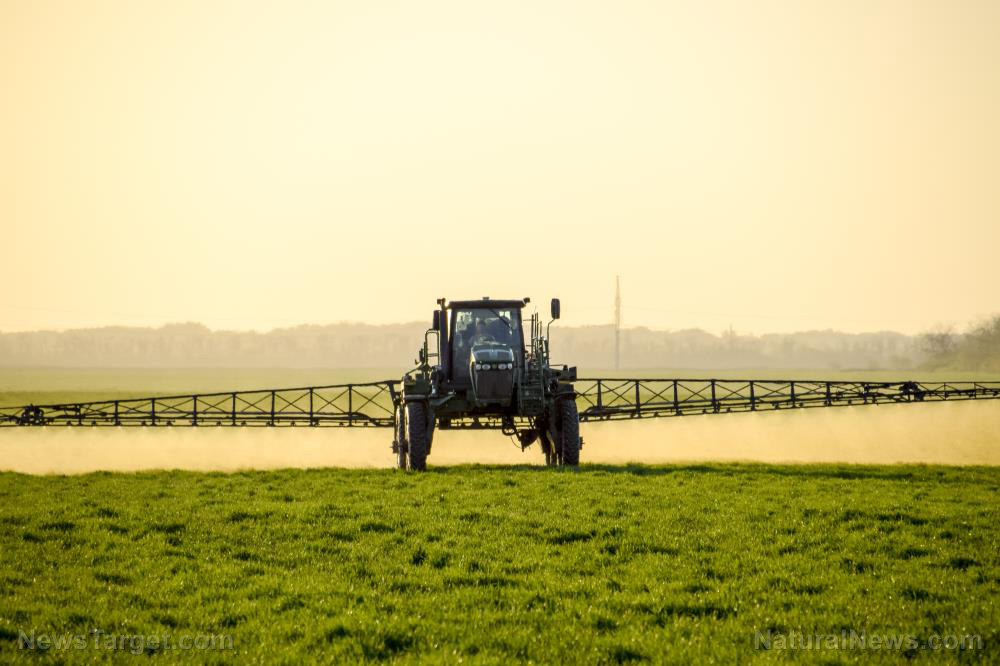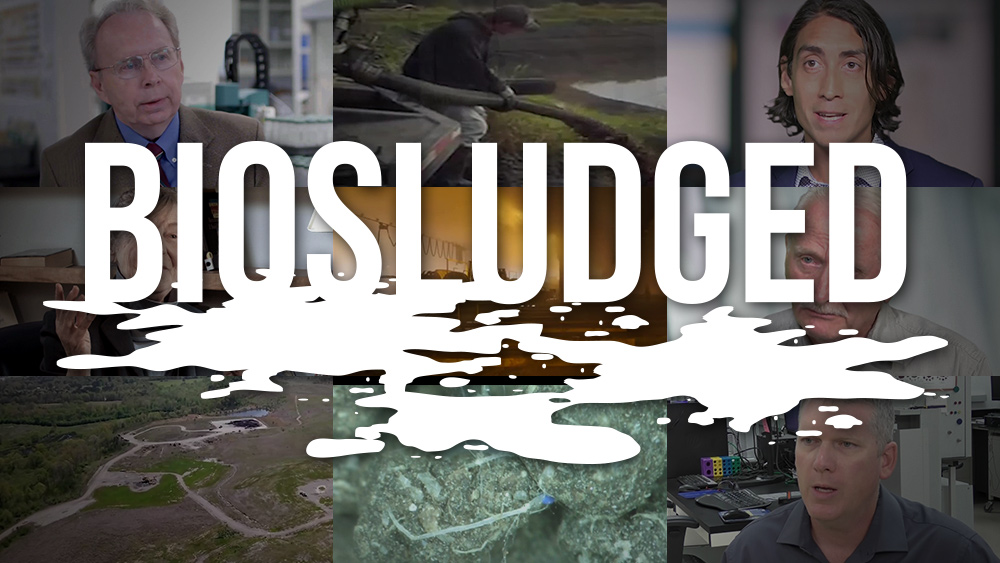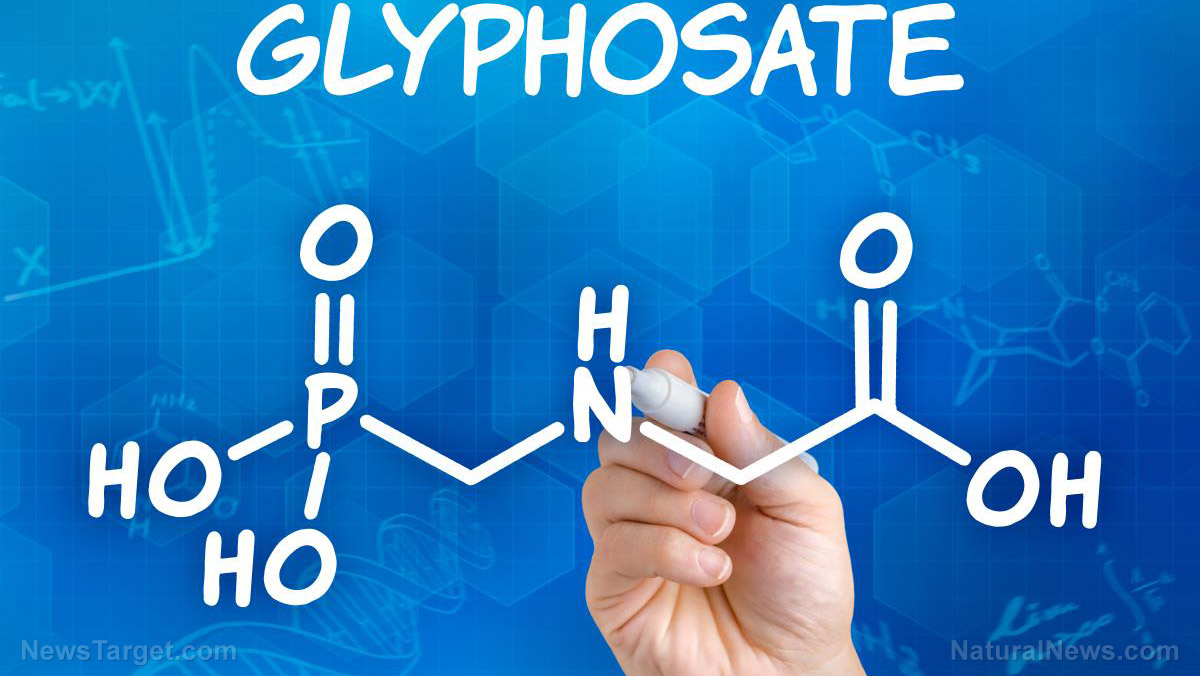Study finds man-made pollution is transforming ‘untouched’ areas of the earth
03/19/2019 / By Lance D Johnson

Are there any natural, pristine environments left on Earth? Ecosystems that were once considered untouched by humans are now absorbing unprecedented levels of man-made pollution. A class of hormone-disrupting chemicals called polychlorinated biphenyls (PCBs) was found concentrated at some of the deepest points on Earth. Dr. Alan Jamieson from Newcastle University led a study that deployed unmanned landers into the Mariana trench off the coast of Guam and the Kermadec trench near New Zealand. They found astonishing levels of pollution in the tissues of crustaceans that live in the darkest, most remote environments on Earth.
The floor of the Mariana trench is 10,994 meters below sea level – no sunlight penetrates that deep. No plants can survive in such a hostile environment. The depth cannot even be compared to the height of Mount Everest. If this mountain was flipped upside down, there would still be 2 kilometers of water between its peak and the bottom of the trench. The organisms that live down here depend on the dead organic material that falls from above to sustain themselves.
Deepest parts of the ocean are highly polluted with cancer-causing hormone disrupting chemicals
Jamieson deployed a lander into the depths of the trenches because he wanted to study exactly what was going on down there. He was skeptical of the belief that these areas were “untouched” by the pollutants that plague the rest of the planet. Baited with funnel traps and mackerel, the machines went on a 12 hour spree collecting amphipods from several points at the base of the trenches.
The first round of samples came from the Kermadec trench, at 7,227 meters below sea level. When the amphipods were tested, persistent pollutants were found in their tissues. Polybrominated diphenyl ethers – chemicals once used as flame retardants in manufacturing – were found at moderate levels. In addition, PCBs – another hormone disrupting chemical once used to make electrical equipment – was found at above average levels. This meant that man-made pollution can actually accumulate and affect the deepest, darkest parts of the ocean.
The shocking comparison
In a clean coastal environment, PCB levels of marine life rarely exceed one billionth of a gram per gram of tissue. In a heavily polluted environment such as the Liao River in China, animal tissue often reads 100 times higher in the pollutant.
At 10,250 meters deep in the Mariana trench, Jamieson measured polychlorinated-biphenyl levels at 495 nanograms per gram of tissue, which is nearly five times greater than the polluted Liao river of China. The problem was worse 8,942 meters down. Samples there yielded a shocking 800 nanograms. At 7,841 meters down, the researchers found the most polluted animal tissues, harboring 1,900 nanograms of polychlorinated biphenyls per gram of tissue.
The Mariana trench is near a whirlpool called the North Pacific Subtropical Gyre. Measuring hundreds of kilometers in diameter, this whirlpool attracts disturbing amounts of plastics and pollutants attached to plastics. As these plastics break down, their hormone disrupting properties descend into the depths. The Mariana trench is the last place for these cancer causing pollutants to fall to. Estimates show that 8 million tons of plastic are dumped into the ocean each year, via inland streams, rivers, and other waterways. (Related: Seafood lovers are eating 11,000 plastic fragments each year.)
Apparently, no one and nothing can escape mankind’s pollution. How can cancer ever be eradicated if the use of cancer causing chemicals continues? How can cancer be eradicated if the chemicals that cause it can be measured in the tissues of sea life, all the way down to the bottom of the ocean?
Sources include:
Tagged Under: hormone disrupting chemicals, marine life, microplastics, plastics


